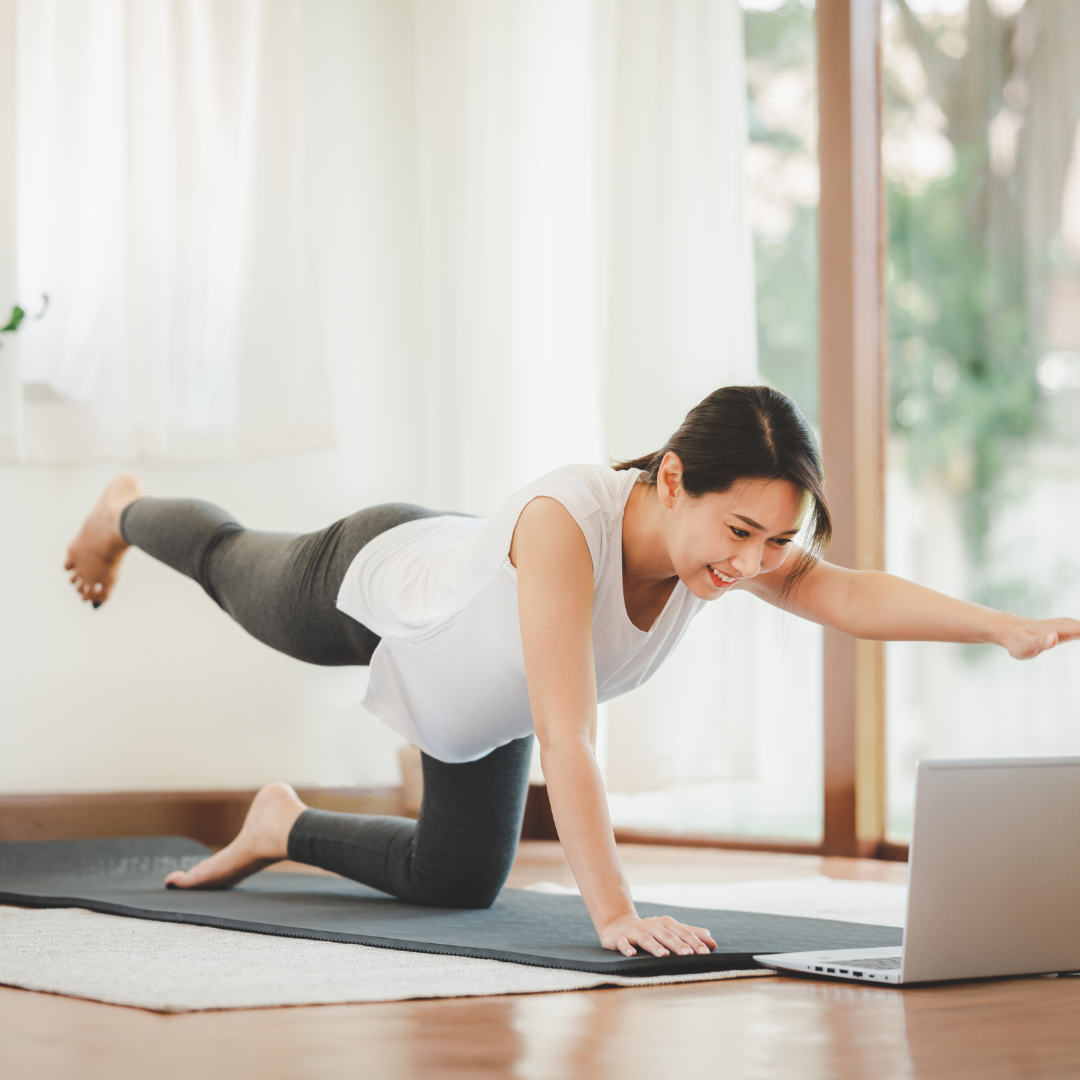
%20(1500%20x%20550%20px)%20(1500%20x%20650%20px)%20(1).png)
Every movement your body makes depends on balance. Not just balance in the sense of standing still, but the deeper balance between strength, flexibility, coordination, and control. When that balance is lost, performance drops and discomfort grows.
Rebalancing your body means restoring the harmony between opposing muscle groups, improving alignment, and retraining your nervous system to move efficiently again. It’s not about becoming more flexible or lifting heavier — it’s about returning the body to its natural state of stability and flow.
This is the foundation for long-term strength, healthy joints, and pain-free living.

Body imbalances are rarely sudden. They build slowly through habits, posture, and lifestyle. Sitting for long hours, training the same way every week, or breathing inefficiently can all shift how your body distributes load.
Over time, some muscles become dominant while others weaken. These imbalances lead to compensations — subtle changes that might not hurt at first but quietly alter how you move.
In How Muscle Imbalances Lead to Joint Pain (and What You Can Do About It), I explain how this uneven tension compresses joints, reduces mobility, and causes pain that stretching alone can’t fix. Recognising these imbalances early is the first step toward preventing chronic pain or injury.
Before pain shows up, the signs of imbalance often appear as small asymmetries — one side feels weaker, your form collapses in certain movements, or stretching the same area never seems to last.
In Feeling Weak on One Side? It’s Time to Rebalance Your Body, I talk about how the body compensates when strength isn’t evenly distributed. These compensations might feel minor now, but they limit your potential and increase fatigue over time.
Pay attention to these early cues. They are signals from your body that something deeper needs to realign.
Many people try to fix imbalances through stretching alone. While flexibility helps, it doesn’t restore stability or control. In fact, too much stretching can worsen imbalances if the underlying weakness isn’t addressed.
Balance is the link between flexibility and strength — it’s what allows your body to move freely without losing control.
In Chasing Flexibility? Here’s Why Balance Is What Actually Improves Performance, I explain why mobility without stability doesn’t lead to better performance. A balanced body not only moves better but also reacts faster and recovers more efficiently.

Strength training works best when your muscles are balanced. When alignment is off, your strongest muscles dominate the movement and weaker ones stop contributing. This creates plateaus, inefficiency, and sometimes pain.
By rebuilding balance, strength spreads evenly through your structure. You can lift more efficiently and access muscles that weren’t fully active before.
In Why Better Balance Means Better Strength: A Trainer’s Perspective, I share how developing even strength across the body transforms both performance and posture. The goal isn’t just to build power — it’s to build intelligent, integrated movement.
You don’t need to be an athlete to experience imbalance. Desk work, stress, and sedentary routines all change how your body functions. Tight hips, weak glutes, and rounded shoulders can make even simple movements feel heavy and restricted.
In From Desk Body to Balanced Body: Personal Training for the Sedentary Lifestyle, I explore how rebalancing corrects these long-term adaptations by retraining posture, breath, and coordination. This process helps your body return to natural alignment so you can move with energy and ease.
When balance is restored, everything improves:
The biggest benefit, though, is longevity. A balanced body ages better. It moves efficiently, resists wear, and sustains strength without constant injury or fatigue.
Balance isn’t something you achieve once — it’s something you build and maintain through awareness, practice, and proper guidance. Whether you train regularly or are returning after years of inactivity, your body has the ability to find its natural equilibrium again.
Fill the form below to book a 1:1 personal training session with me in my facility in West Hollywood and learn how rebalancing your body can help you move better, feel stronger, and live pain-free for years to come.